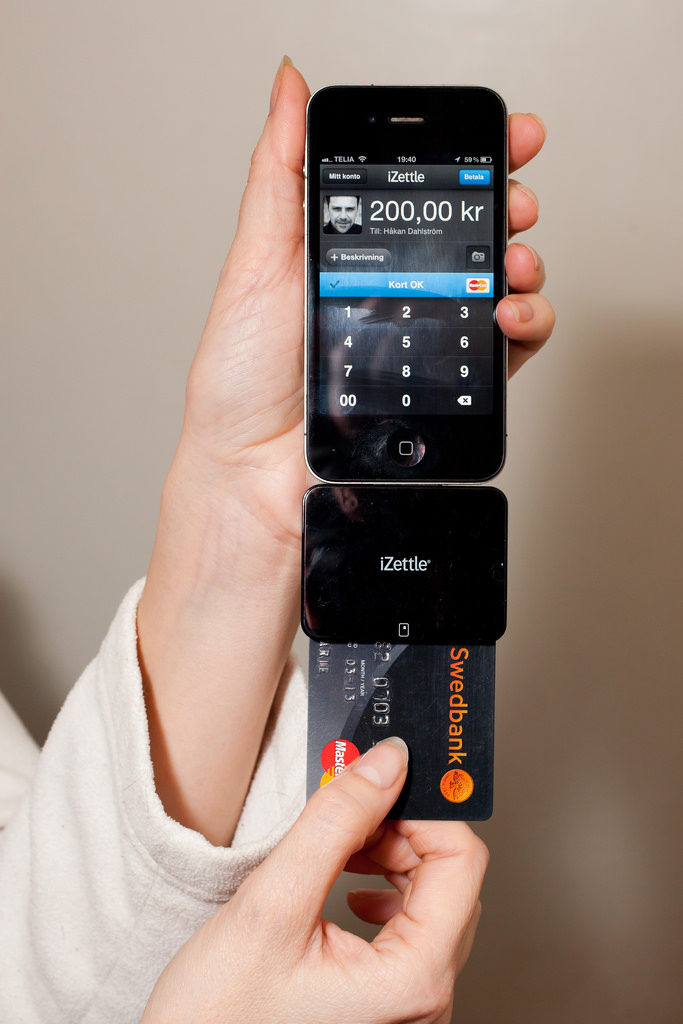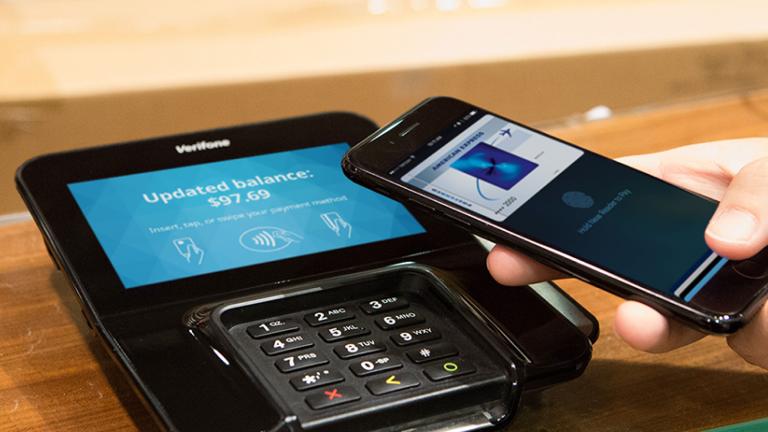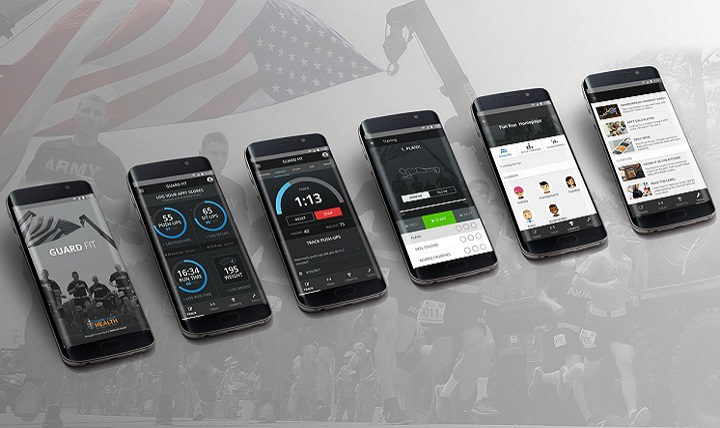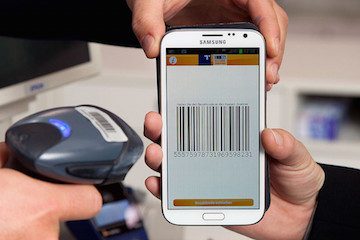
More and more people are becoming convinced of the convenience of mobile payment apps compared to the traditional debit cards or cash transactions. However, with most of the apps serving also as social platforms, there may be a risk of privacy issues as unwanted and personal data can be published for others to view.
What exactly are mobile payments?
Mobile payment is the perfect marriage between smartphones and social networks. It is the digital version of the traditional wallet, where transactions are done online via one’s smartphone. In fact, it probably is the future of all monetary transactions as it makes faster and more effective payment possible by a simple tap on your phone’s screen. In terms of convenience, social payment makes life easier for sharing or splitting expenses with peer-to-peer payment (P2P).
The two existing types of mobile payments

The two existing types of mobile payments are online and physical points of sales (POS). Point of sales use Near Field Communication (NFC) technology similar to credit/debit cards. This system integrates your debit or credit cards inside your smartphone for all types of retail payments. And the other type of mobile payment is the ‘cardless ATM’. This method allows for online or on-site purchases through your ‘digital wallet’.
A convenient means of payments for customers
The biggest advantage of mobile payments is that it makes it easier for customers and business owners to conduct financial transactions. Instead of having customers pull out out their credit cards, cash, or write out a check mobile payments support contactless payments via their smartphones.
A good example of mobile payment is Venmo
Venmo is a free mobile payment app that is steadily becoming the favorite of most users. It focuses on making money transfers easier and quicker between individuals using the application. Credit and debit cards need to be linked for consumers to receive or charge friends money. Additionally, it is also possible to store payments in a Venmo account for later use or simply transfer it to your bank account.
Venmo is the combination of a social media and payment app
Compared to other payment applications, Venmo is also a social media app with followers based on your Facebook account or phone contacts. As a matter of fact, your followers or friends can access your payment data, which is automatically shared with them. The app is free from advertisement and charges users for processing costs. As of today, many businesses have started accepting payment through Venmo, making it easier for customers pay.
How comfortable are users sharing their financial transactions?

Since it is also a social network, Venmo makes your financial transactions view-able for friends and followers to see. Although it is a common trend, and beneficial for retailers, to share your shopping adventures, some people may not agree. Just like any other social media, comments and messages may be viewed by your network of followers. Fortunately, by making a few adjustments to the privacy settings of the app, you can choose who is able to view your financial transactions and data.
Is Venmo really secure?
Security has always been a sort of question mark when it comes to the internet. With the growing penetration of internet-based social networks, the risk of hacking is constantly a concern. Venmo has come up with various security barriers to protect consumers from unauthorized transactions. The app is properly secured with data encryption and PIN code for user-only access. You can also deny other devices from accessing your account in case your mobile phone is lost or stolen.
Are there other players in the social payment field?
With Venmo’s success in the social payment field, other players were bound to try their luck. Far from having a negative impact, these mushrooming social payment apps are increasing competition, making it easier for customers to pay with their mobile phone wherever they are. Some of the other apps include Apple Pay, Google Wallet, Amazon Pay, Square Cash and Facebook Messenger.
Financial institutions want a piece of the action
Financial institutions are fighting back with their own payment app. Their answer is Zelle, an easy way for clients to send money to anyone with a US bank account. With a simple email address or mobile phone number, Zelle lets you send and receive money to whoever has an eligible US bank account. As a matter of fact, Zelle also has security barriers like restricting the amount of money sent or received.
Is it the end of ATMs and checks?
Although we are far from abolishing ATMs and checks, mobile payments will play a more influential role in the way we pay for products and services in the future. The reasons why mobile payment will dominate all other forms of payments is that it is easy, simple, fast and secure.

